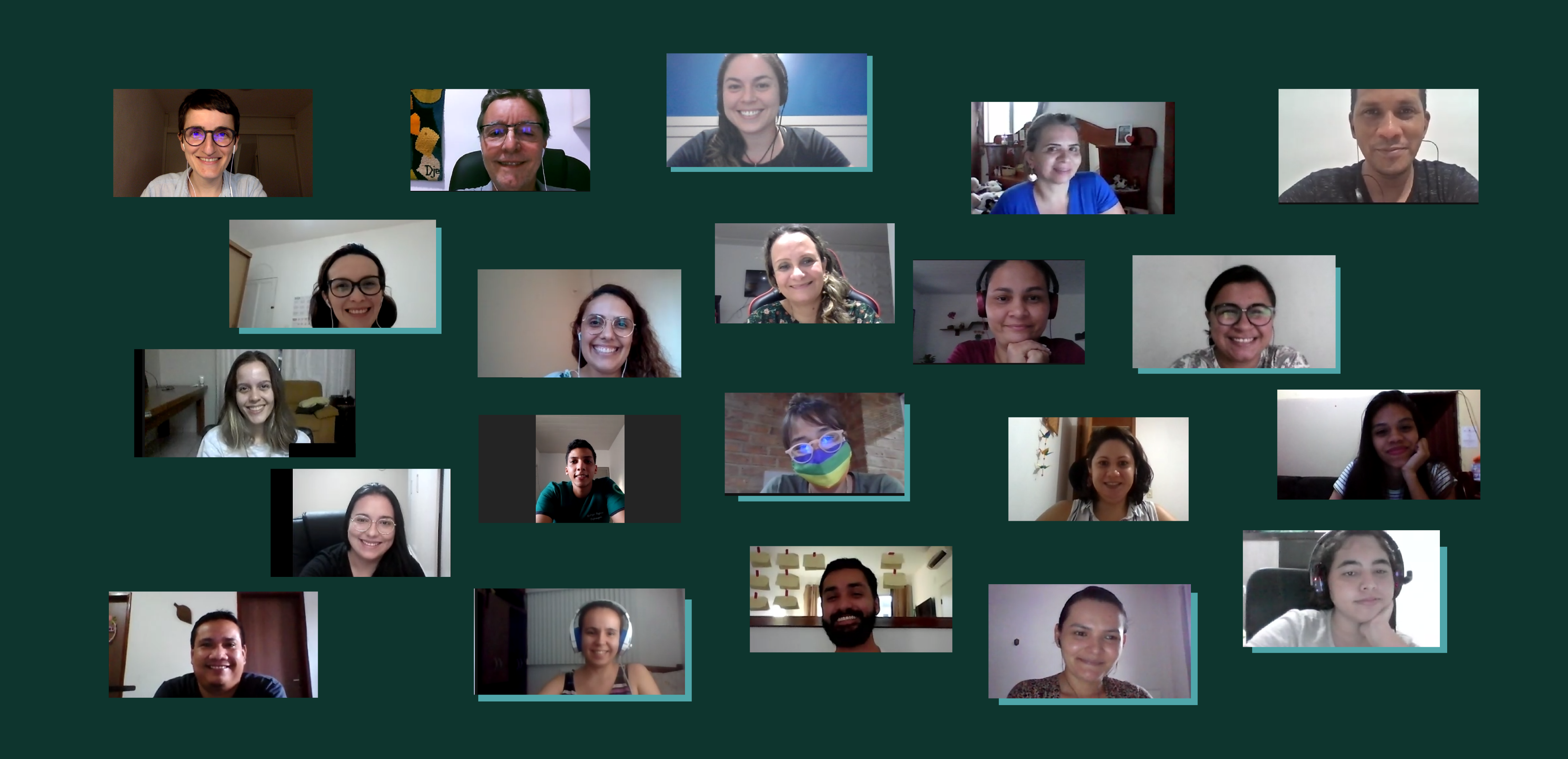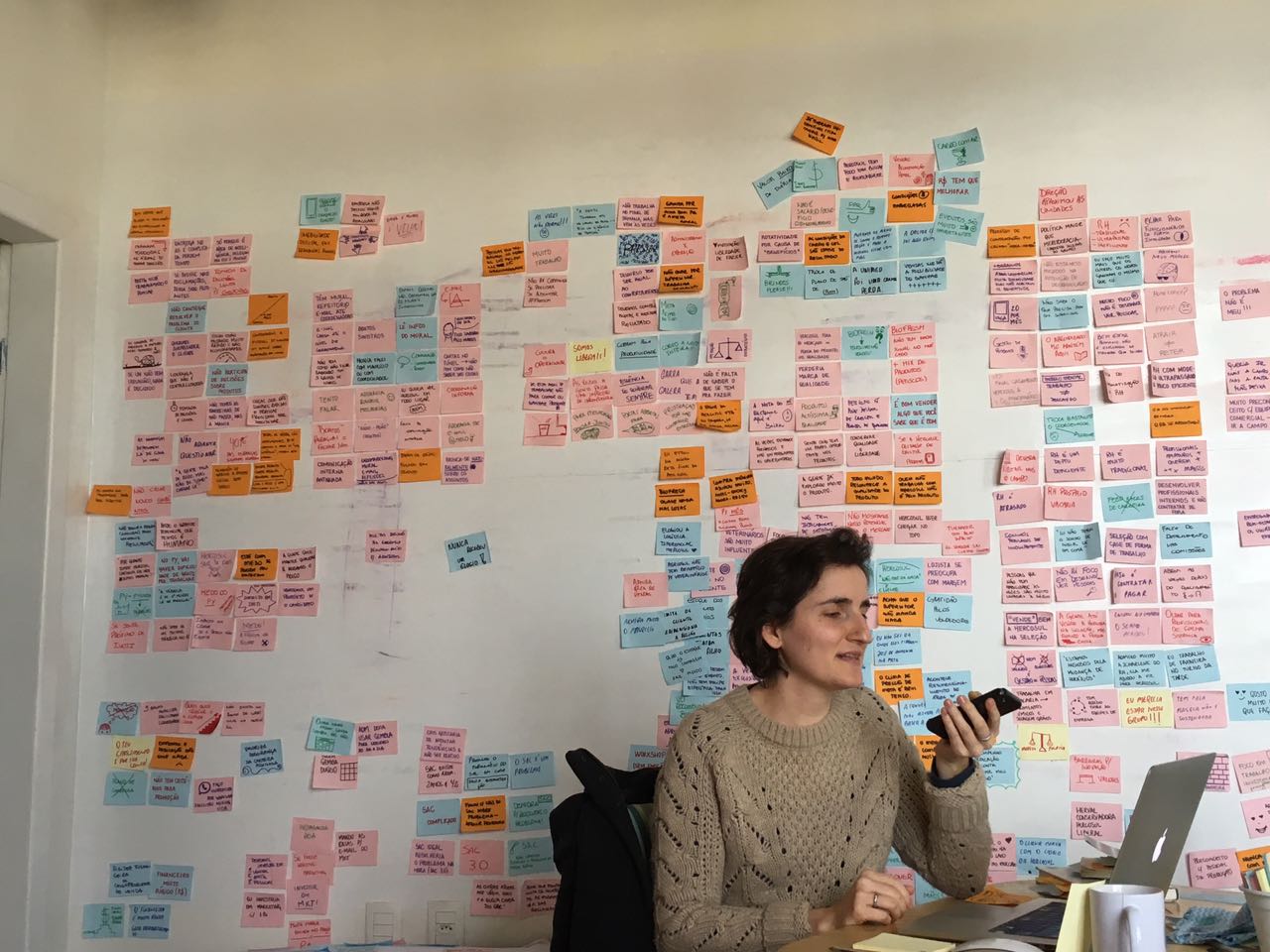My strengths are_ strategic, service and interaction design
I apply them for_ societal and sustainability challenges
Complementary experience in_
branding, photography and documentary production
Competencies_
workshop facilitation, business strategy, social entrepreunership, sustainable strategies, innovation processes, human-centred design, leadership


Exploring the problem space
My experience comprehends implementing design research that uncovers problems, their variables and interdependencies. By combining qualitative methods and sampling strategies I ensure the legitimacy and relevance of the study. From exploration to synthesis, I use a range of visualisation skills to present the research insights comprehensively.
Research Methods:
In-depth interviews: setting up sampling strategy and interview guide
Field observations
User diaries (physical and digital)
Sensitizing toolkits
Co-creation sessions to uncover people's needs
Role play
Prototype for empathy
Analogous scenarios
Trend research
Synthesis Methods:
Information visualisation: creating graphs, storyboards and short animations
Frameworks: creating ways for pattern recognition
Customer journeys
Service blueprints
Generating scenarios
Designing future products, services, and strategies involves having responsibility for the unintended consequences of the outcome. To reduce my biased view and of those who have the power to propose this preferred future state, I am a strong supporter of co-design practices. This approach gives voice and space for people to be part of the process—design with people instead of for people.
Problem Framing and Conceptualisation Methods
Selecting creative tools to reframe problem
Co-creation sessions to generate solutions
Concept development: visualisations and mockups (digital and physical)
Portraying new practices
"Show, don't tell" is one of my favourites statements. Tangible artefacts (either low and high fidelity prototypes) help to engage physically and emotionally, bringing stakeholders to a fruitful discussion. Having a background and design and arts make prototyping a natural and enjoyable activity.
Making ideas tangible Methods:
Prototyping (digital and physical)
User testing
Customer Value Proposition
Future visioning
Technology scouting
Roadmap
Experiment_ Auditory Storytelling
It starts with finding ways to connect with the audience and per attention to every aspect of the narrative. I cannot hide my joy when communicating an idea/vision/problem, even more, when I am personally connected to it. Storytelling is part of who I am; my job description might be "selling dreams, the dream that we can all create a better future."
Sense of Belonging Podcast
An adoptive family identity starts by creating a sense of belonging, the child learns to belong to the family, and the family members learn to belong to the child. On Sense of Belonging Sessions, Simone Uriartt from Adoção Tardia (Older Child Adoption Project) speaks to families that have adopted, child development experts and professionals from the child protection system. Let’s take a moment to listen to other families stories and reflect on what means being an adoptive parent and how you can help your children build their identity.
